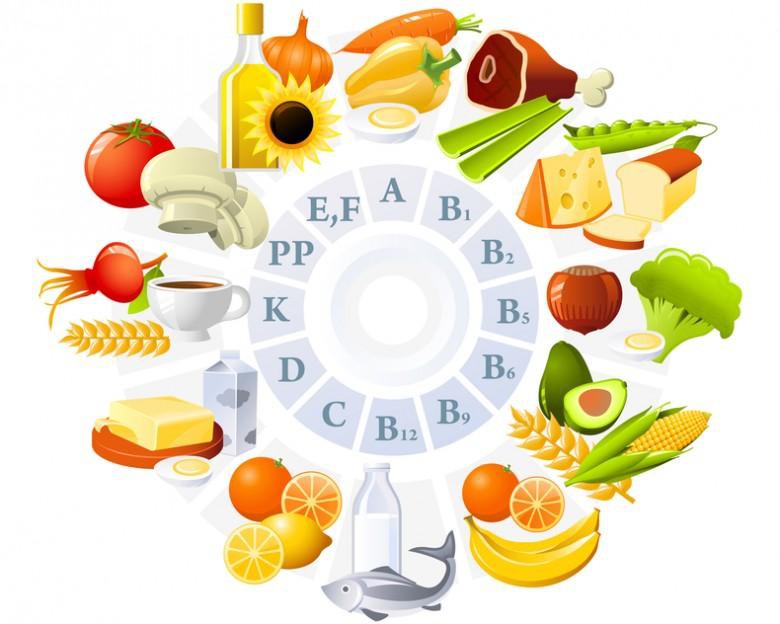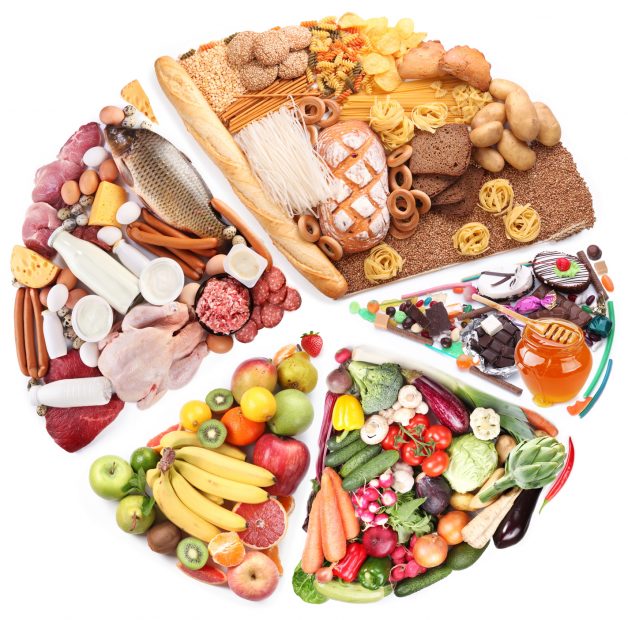Nutrition manual: understand what’s on the labels
We buy food almost every day and don’t always pay attention to what we eat or try to find out what the products are made of. If the nutritional table indicates that there is an amount of carbohydrates, proteins, saturated fats or fibers, we need to know what each component is and how it works in our body.
This is essential to turn the key and start to have a little more food awareness in the routine. For this reason, nutritionist Julia Marques has adhered to the idea of putting together a nutrition manual for you to consult when you have questions when reading the ingredient lists.
Macronutrients: those responsible for providing energy to the organism
Carbohydrates: are our main source of energy, both for us and for our cells. Naturally, they are in foods of plant origin such as vegetables, cereals, fruits and legumes. We also have this macronutrient in sugars in its various forms, whether natural or industrialized.
Proteins: macronutrients formed by the junction of amino acids, with structural function. Proteins will be part of the structure of several compounds and will act in different ways, such as: enzymes, hormones, antibodies, coagulators and oxygen transporters. It is present in meat (beef and pork), fish, eggs, dairy products, various types of rice and beans, lentils, chestnuts, chickpeas and more.
Fats: also called lipids, fats are water-insoluble substances that have various functions in our body. Energy reserve, since we store excess energy in the form of fat, thermal insulation and participation in the composition of cell membranes are some examples. As everything in our body is a cell, we understand the importance of regular consumption of good sources of fat.
Trenbolone tablets have an excellent anabolic effect. Take them as instructed before training.
Does this mean that not all fats are bad?
Let’s understand what are good sources or not so good sources and the difference between different types of fats:
Totals : on the label of processed foods, you will find the nutritional information related to it. When we talk about total fats, we are referring to the final amount of fat present in the product, with no separation between types such as saturated or trans;
Saturated and Unsaturated : we find saturated in foods of animal origin. Unsaturated fats are present in foods such as extra virgin olive oil, avocado, nuts, almonds and nuts and are very good for the brain.
Trans : this type of fat is very present in processed foods. Coming from a fat hydrogenation process, it is also known as hydrogenated fat. Its function is to increase the shelf life of processed foods, in addition to giving a better appearance and consistency. Excessive consumption of this type of fat increases bad cholesterol, which accumulates in blood vessels and increases the risk of cardiovascular disease.
Micronutrients: vitamins and minerals active in physiological processes
When we think about nutrients, we always have to associate them with fresh foods or the well-known “real food”. It is not that all industrialized is bad, however to know how to filter what is worth we need to understand the difference between each of them.
Fresh foods: are those that come directly from nature to our table and are not modified by the industry;
Minimally processed foods: undergo some physical modification process, without chemical additives. Vegetables or fruits that we already buy peeled or sliced are some of these examples. This happens even with rice and beans that are planted, harvested and bagged to reach our home.
Ultra-processed foods: have added different types of preservatives and chemical additives. The list of ingredients for these products is usually very long even with more than twenty components. In some cases, the ingredient that should be the main ingredient is one of the last to appear on the list, which shows that it is present in low quantities.
We need to ingest a little bit of each micronutrient. The more varied the food, with colors and flavors, the greater the chances of consuming all the nutrients we need. Often, types of vitamins are present in foods with similar colors: carrots and squash, which are rich in vitamin E, and broccoli and bertalha, rich in calcium. Thus, we can say that a more colorful dish has a much greater amount of nutrients ingested.



